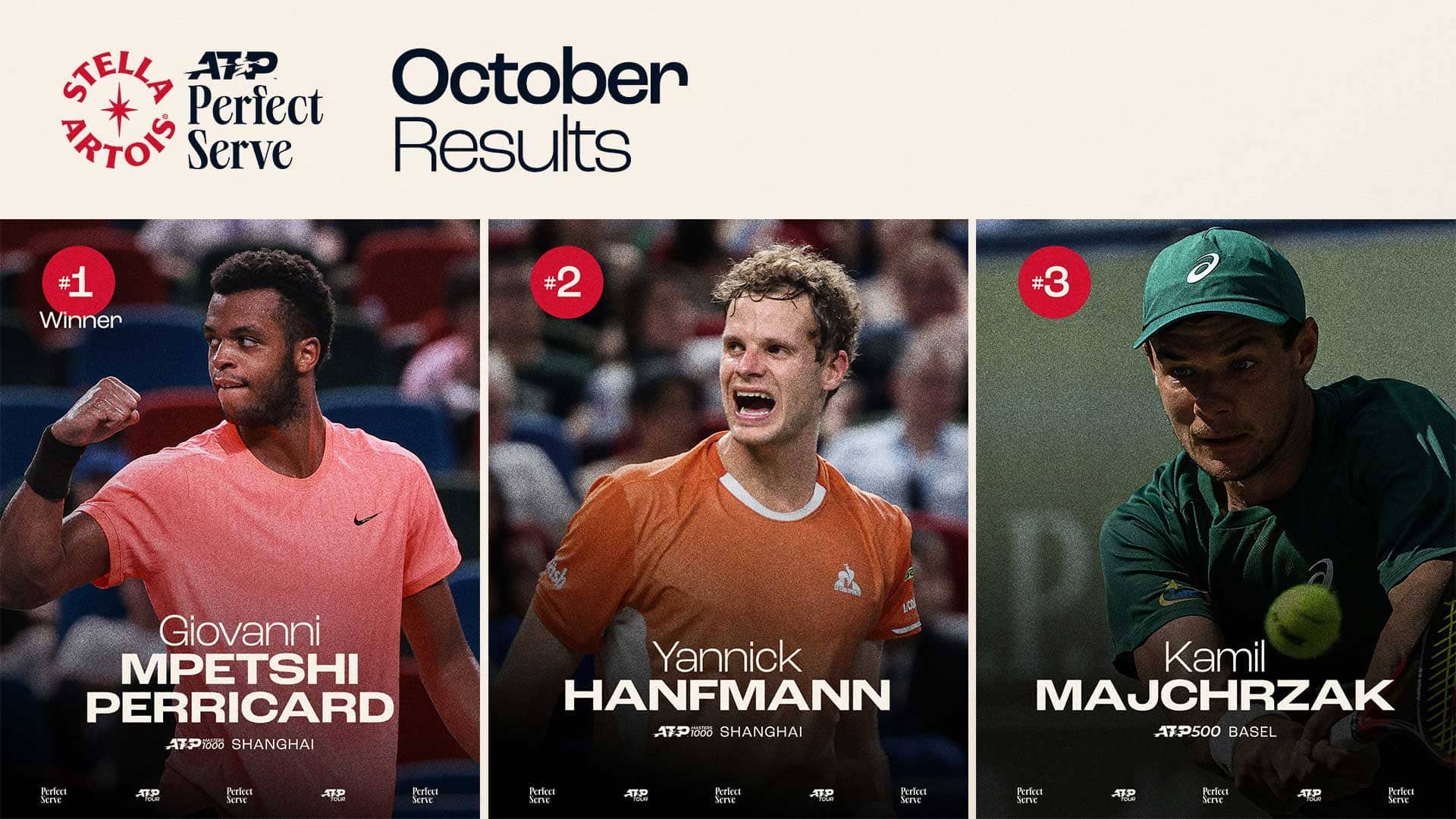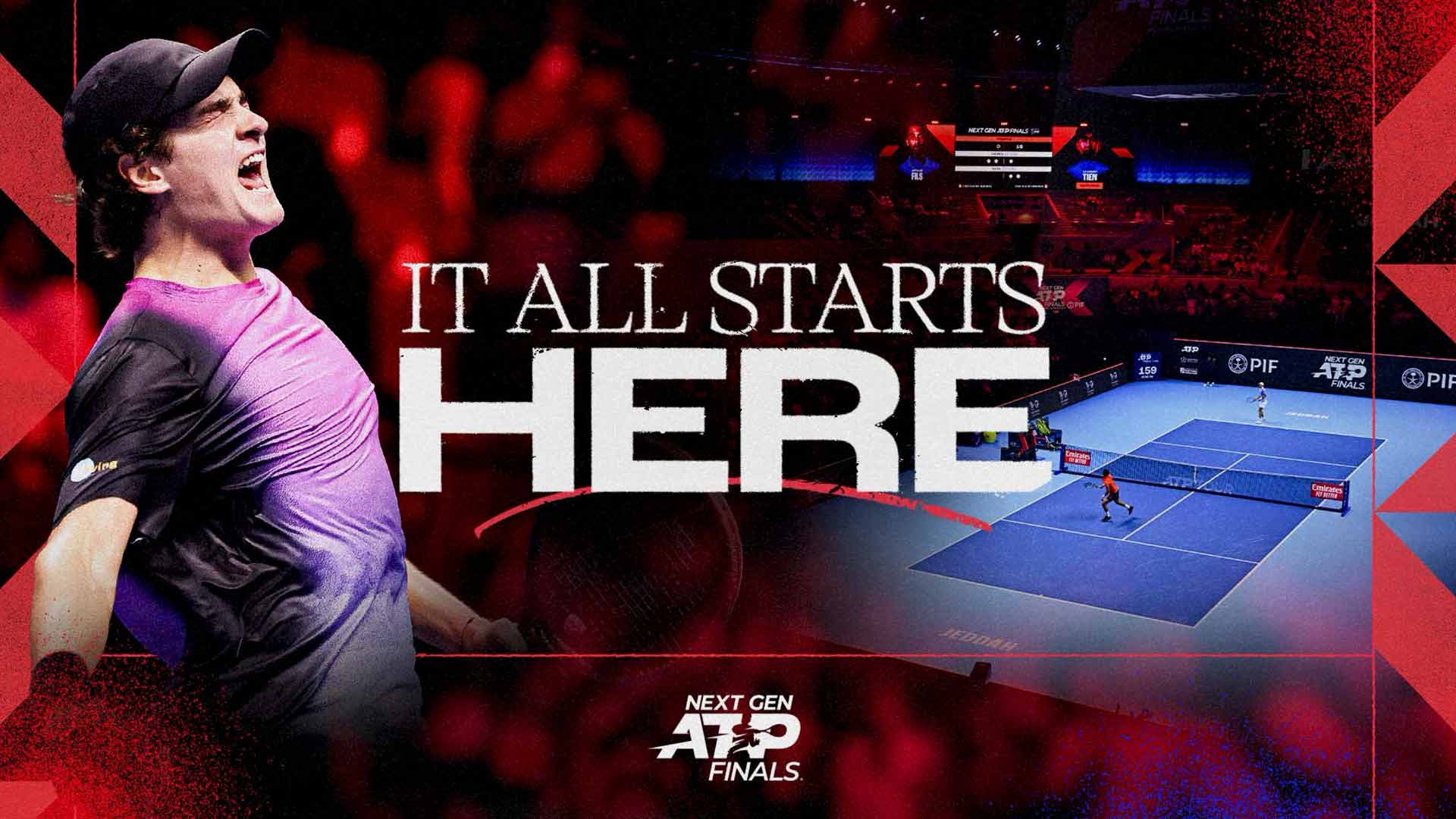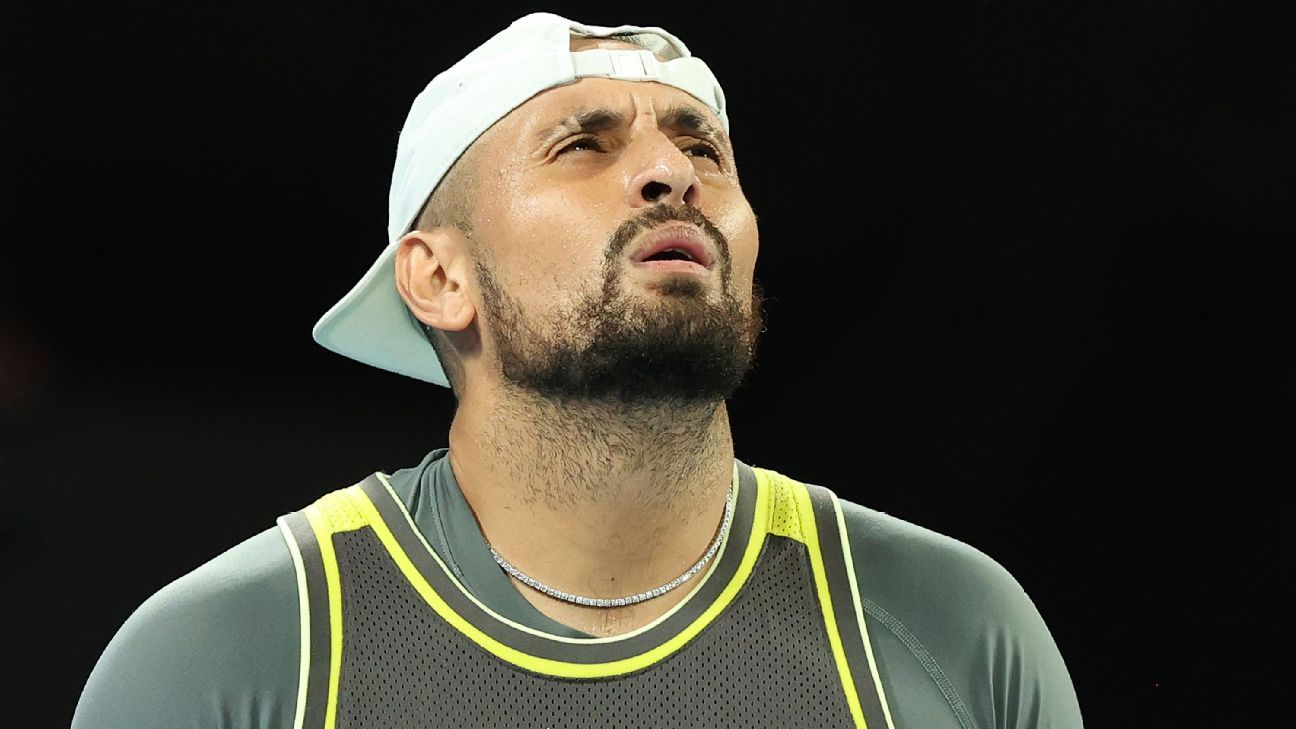Murray's surge ends an era at the top
In a late-2016 whirlwind, Andy Murray dismantled the Big Three's iron grip on the world No. 1 ranking, turning a season of close calls into a triumphant claim on the throne through grit and tactical precision.

On November 7, 2016, Andy Murray Andy Murray ascended to the pinnacle of the PIF ATP Rankings, shattering a 666-week stronghold held by the Big Three. The Scot's path there blended unyielding resolve with sharp adaptations across surfaces, transforming early stumbles into a cascade of titles that redefined his rivalry with Novak Djokovic Novak Djokovic. As autumn arenas pulsed with tension, Murray's focus turned mounting pressure into propulsion, his every rally a step toward breaking the mental barrier that had long shadowed his career.
Early losses sharpen tactical edges
Murray carried top-three consistency from 2015 into the new year, but the Australian Open Australian Open final delivered a familiar sting, as Djokovic's flat power overwhelmed his defensive depth in straight sets under Melbourne's glare. Four months later, Madrid's clay brought another defeat to the Serb, prompting Murray to refine his slice backhand for better control against aggressive baselines. Redemption arrived on Rome's ochre courts, where he unleashed crosscourt forehands to pin foes deep, securing his first Masters 1000 title and channeling the crowd's roar into renewed belief.
This clay momentum carried to Roland Garros Roland Garros, where deep underspin lobbed over net rushes forced errors from top seeds, landing him in yet another major final. The European swing, marked by a 24-match clay win streak, honed his all-court versatility, easing the psychological weight of prior heartbreaks. As summer approached, these tactical pivots—blending patience with precise angles—set the stage for surfaces that would amplify his strengths, turning doubt into a quiet confidence amid the tour's relentless grind.
Grass peaks rebuild mental fire
The grass-court season breathed life into Murray's campaign, his low-trajectory game thriving on London's slick lawns where bounces stayed low and predictable. At Queen's, he dominated with chip-and-charge returns that disrupted serves, then stormed Wimbledon Wimbledon to complete the rare double as just the seventh player ever, his inside-out forehands slicing through defenses under the Centre Court spotlight. These triumphs, evoking the misty afternoons and fervent cheers, rebuilt his psyche after clay's demands, reminding him how adaptability could bridge surface gaps.
Shifting to North American hard courts, Murray pushed to Cincinnati's final with aggressive first-strike tennis, cutting off rallies with inside-in winners that rewarded his endurance in humid three-setters. A US Open US Open quarterfinal run kept points accumulating despite fatigue showing in a surprise exit, leaving him trailing Djokovic by 4,695 as October dawned in Beijing. The pressure coiled like a spring in those moments, every practice session a sharpening of his one–two serve-return combo, priming him for the late-season push that would test the limits of his resolve.
Autumn blitz claims the summit
China's arenas became Murray's proving ground, where 10 straight-sets wins ignited the race, his Beijing title—his sixth of the year—forged in baseline marathons that exhausted opponents under bright lights. Shanghai's Masters 1000 followed, slashing the gap to 2,415 points through relentless return pressure that jammed flat hitters, the indoor hum amplifying his focus. Back in Europe, Vienna's ATP 500 indoor hard-court victory positioned him on the cusp, quick footwork turning the ball's extra zip into opportunities for down-the-line passes.
Paris delivered his 14th and final Masters 1000 crown, deep crosscourt rallies pinning rivals as Djokovic bowed out in the quarters, elevating the Scot to No. 1 as the 26th player in history. The ascent felt electric, crowds chanting amid the Bercy buzz, a release after months of calculated chases. Two weeks on at the Nitto ATP Finals Nitto ATP Finals, he outdueled the Serb in the championship match, clinching Year-End No. 1 honors with a 78-9 record that year, as noted in the ATP Win/Loss Index.
Murray's 41-week reign atop the rankings, only interrupted when Rafael Nadal Rafael Nadal overtook him in August 2017, stands as a testament to sustained tactical evolution amid elite pressure. His 2016 blueprint—adapting spins and patterns to exploit surfaces—continues to inspire contenders navigating the Big Three's enduring shadow, proving that persistence can rewrite the sport's hierarchies.


